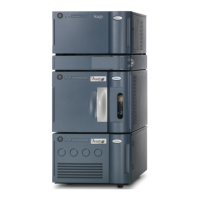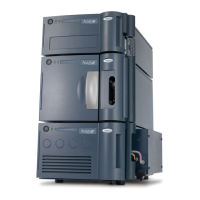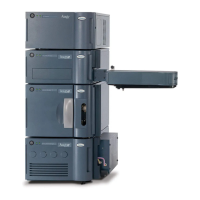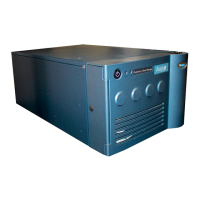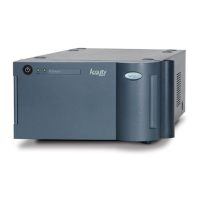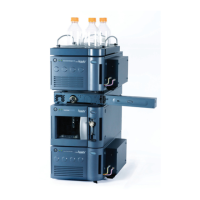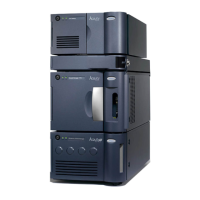Do you have a question about the Waters ACQUITY UPLC H-Class Series and is the answer not in the manual?
Important warnings and precautions for safe operation, handling, and hazards.
Introduction to UPLC technology, its advantages, and underlying scientific principles.
Highlights key features like high-pressure, low solvent use, and flexible mixing.
Description of the core modules and optional components of the ACQUITY UPLC H-Class system.
Recommendations for optimal system performance and efficient UPLC analysis.
Explains system dispersion's impact on peak broadening and chromatographic sensitivity.
Discusses causes of carryover and methods to minimize analyte carryover.
Strategies and options to reduce analysis time between sample injections.
Covers leak prevention, proper fitting installation, and troubleshooting procedures.
Overview of control panels for monitoring and adjusting module parameters.
Guidance on routine maintenance tasks and their recommended schedules.
Guidelines for connecting the system components to appropriate power sources.
Explains various hazard symbols, their associated risks, and necessary precautions.
Important warnings and precautions for safe operation, handling, and hazards.
Introduction to UPLC technology, its advantages, and underlying scientific principles.
Highlights key features like high-pressure, low solvent use, and flexible mixing.
Description of the core modules and optional components of the ACQUITY UPLC H-Class system.
Recommendations for optimal system performance and efficient UPLC analysis.
Explains system dispersion's impact on peak broadening and chromatographic sensitivity.
Discusses causes of carryover and methods to minimize analyte carryover.
Strategies and options to reduce analysis time between sample injections.
Covers leak prevention, proper fitting installation, and troubleshooting procedures.
Overview of control panels for monitoring and adjusting module parameters.
Guidance on routine maintenance tasks and their recommended schedules.
Guidelines for connecting the system components to appropriate power sources.
Explains various hazard symbols, their associated risks, and necessary precautions.
| Maximum Pressure | 15, 000 psi |
|---|---|
| Sample Temperature Control | 4 °C to 40 °C |
| Pump Type | Quaternary Solvent Manager (QSM) or Binary Solvent Manager (BSM) |
| Data Sampling Rate | Up to 80 Hz |
| System Type | UPLC |
| Flow Rate Range | 0.001 to 2.000 mL/min |
| Column Temperature Range | 5 to 90 °C |
| Sample Capacity | Up to 96 samples |
| Detector Options | PDA, Fluorescence, MS |
| Data System | Empower Software |
| Sample Manager Type | Flow-Through-Needle |
| Injection Volume | 0.1 to 50 μL |
| Temperature Range | 4 °C to 90 °C (Column Heater/Cooler) |
| Detection Wavelength Range | 190 to 800 nm |
